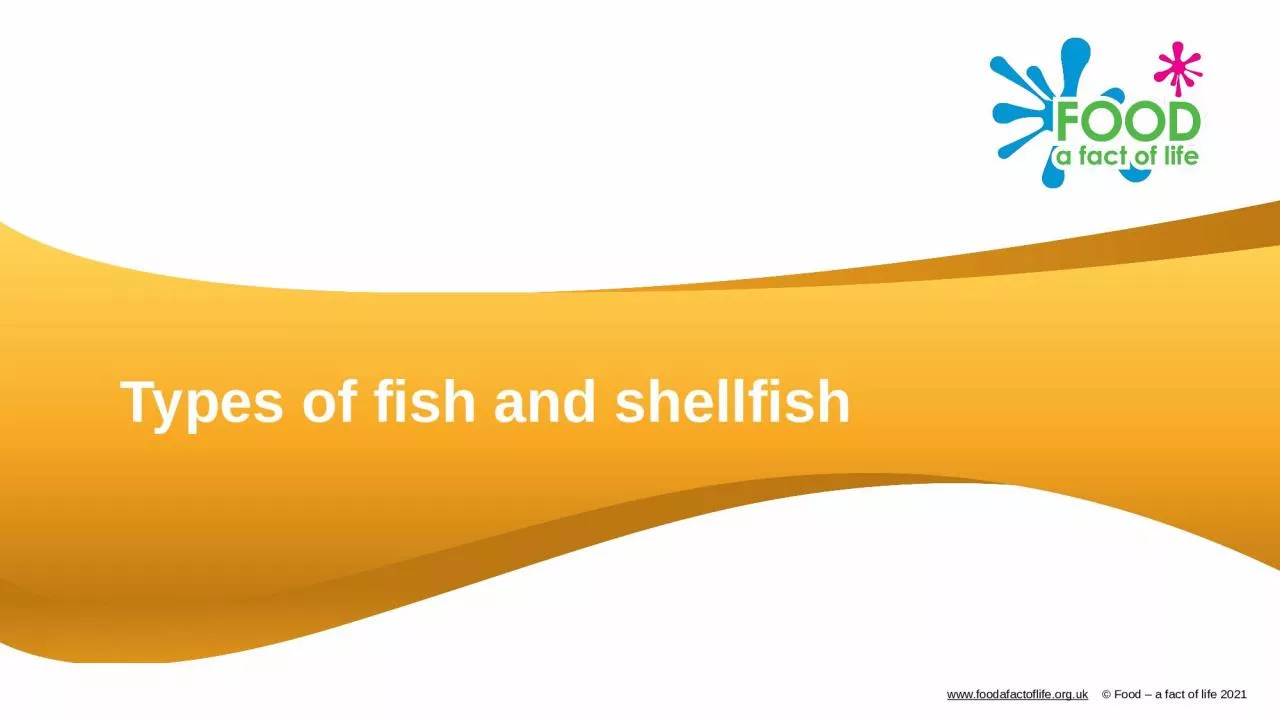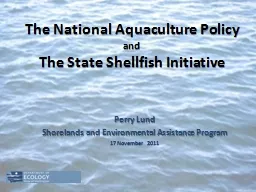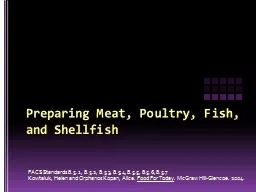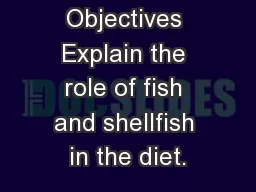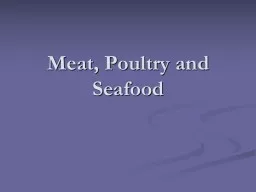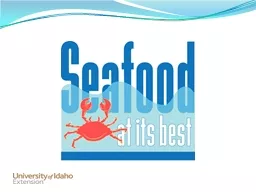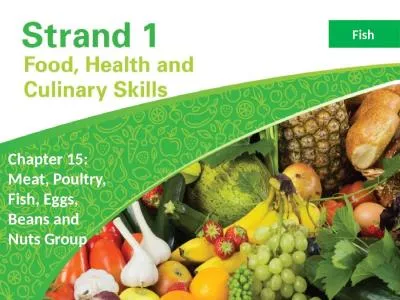PPT-Types of fish and shellfish
Author : lauren | Published Date : 2024-03-13
Types of fish and seafood There are over 33000 fish species in the world However not all of them are edible and people often prefer to eat a few species that are
Presentation Embed Code
Download Presentation
Download Presentation The PPT/PDF document "Types of fish and shellfish" is the property of its rightful owner. Permission is granted to download and print the materials on this website for personal, non-commercial use only, and to display it on your personal computer provided you do not modify the materials and that you retain all copyright notices contained in the materials. By downloading content from our website, you accept the terms of this agreement.
Types of fish and shellfish: Transcript
Download Rules Of Document
"Types of fish and shellfish"The content belongs to its owner. You may download and print it for personal use, without modification, and keep all copyright notices. By downloading, you agree to these terms.
Related Documents

